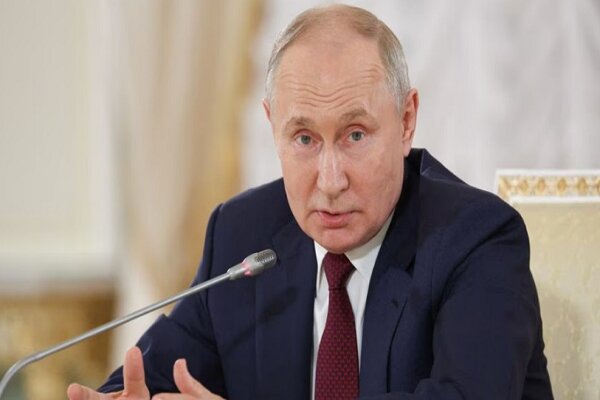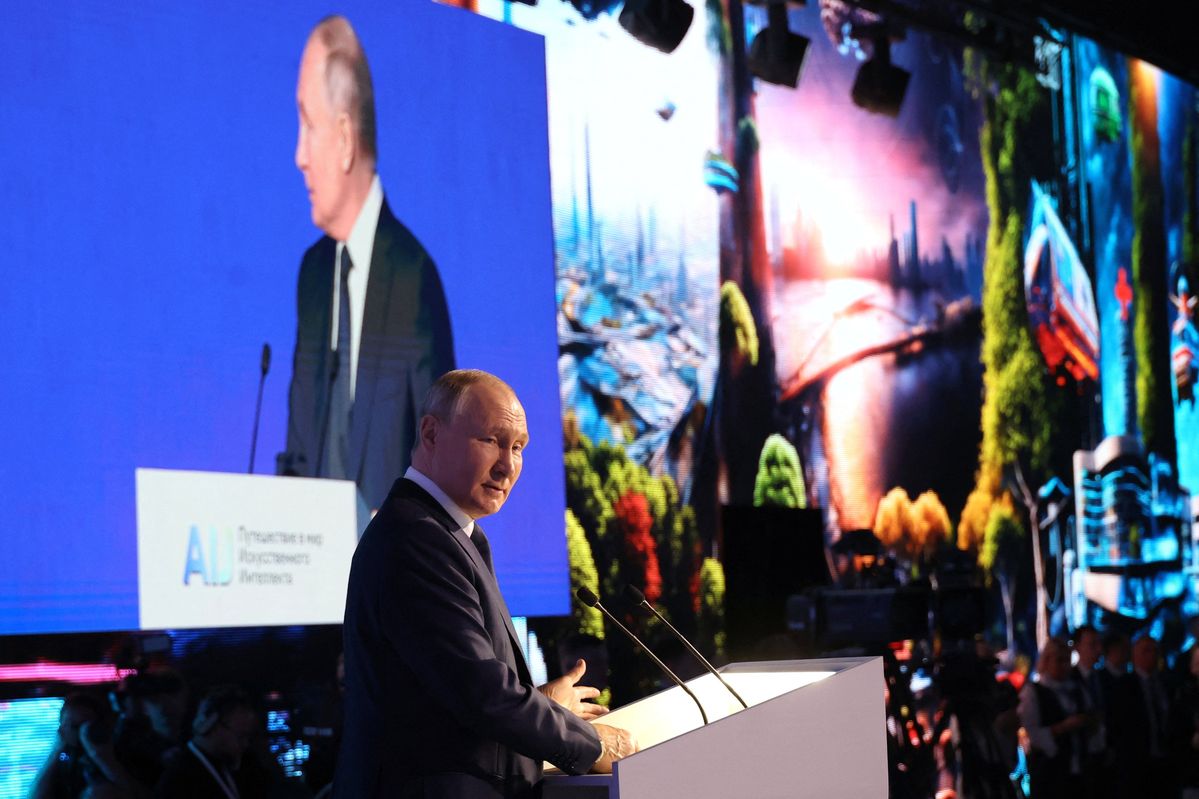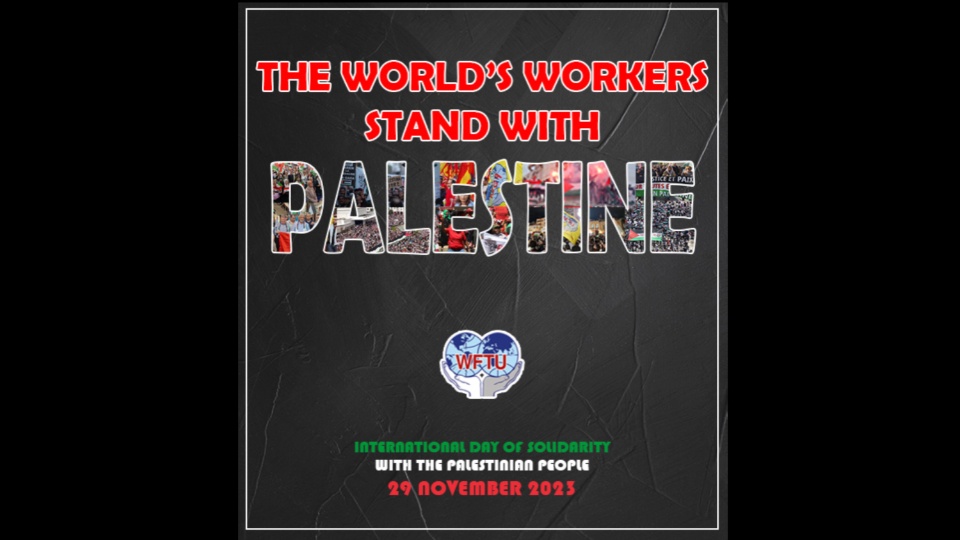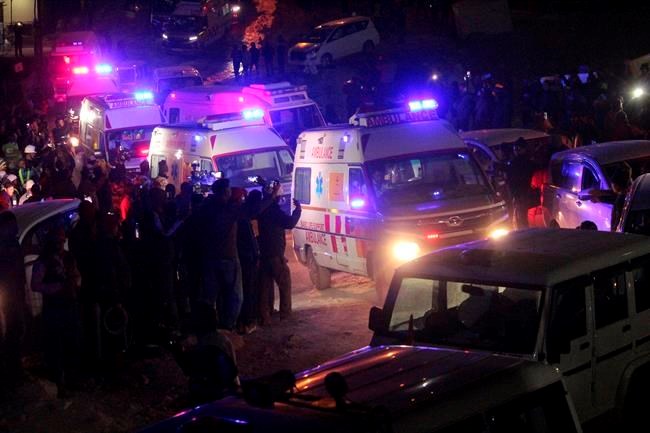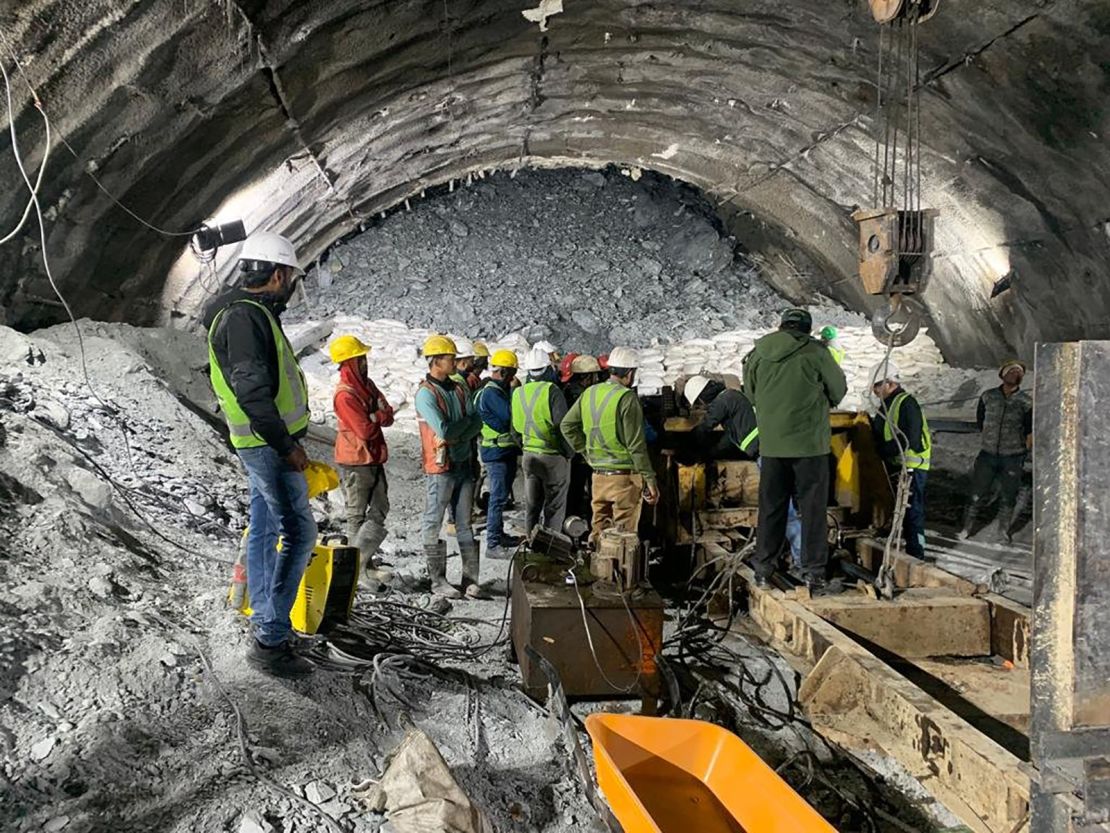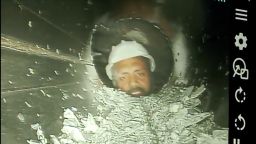Report: Chinese Police Kill Dissident Journalist
A group of police officers in China beat freelance Chinese journalist Sun Lin so badly in his home on Nov. 17 that he died hours later, as reported by Reporters Without Borders (RSF) on Nov. 21.
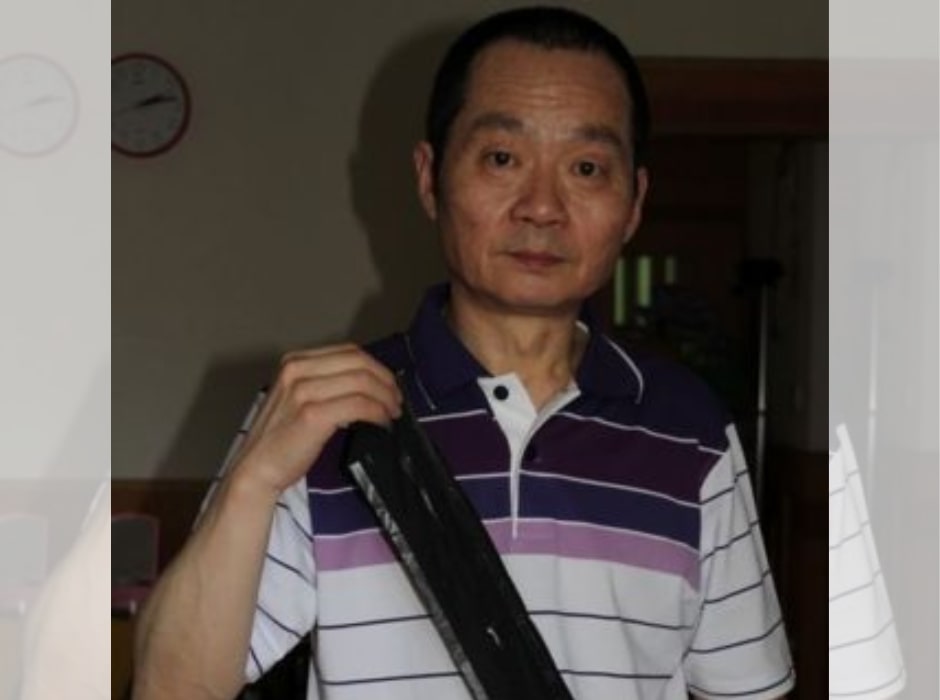 Chinese journalist, Sun Lin. (Photo: IFJ Asia-Pacific/X, License)Sun Lin, a former citizen journalist for networks like the US-based Boxun News Network, was widely recognized for his investigative reporting on human rights violations and for his advocacy work. He was nearly 70 years old, according to Radio Free Asia (RSF).
Chinese journalist, Sun Lin. (Photo: IFJ Asia-Pacific/X, License)Sun Lin, a former citizen journalist for networks like the US-based Boxun News Network, was widely recognized for his investigative reporting on human rights violations and for his advocacy work. He was nearly 70 years old, according to Radio Free Asia (RSF).
Witnesses in the neighborhood reported hearing a commotionbetween the journalist, who also went by the pen name 'Jie Mu,' and the national security officers during the early afternoon of Nov. 17.
Sun was subsequently rushed to the Integrated Traditional Chinese and Western Medicine Hospital between 2:30 p.m.and 3 p.m., where he was pronounced dead at 5:45 p.m, as stated by The International Federation of Journalists.
Radio Free Asia described the severity of Sun's injuries, particularly to his head, and the state of his torn clothing.
Sun’s relatives were denied access to his body even three days after his passing.
Doctors at the hospital confirmed that his clothes were torn and in disarray when he arrived.
Additionally, the local National Security Bureau allegedly intimidated Sun's family and friends, warning them against discussing his death or engaging in any public mourning activities, as stated by RSF.
“This gruesome murder is a direct consequence of the Chinese regime’s paranoia, which leads its leaders to see an enemy of the state in every independent media or journalist, and therefore exposes them to systematic retribution,” said Cédric Alviani, RSF Asia-Pacific Bureau Director. “We urge the international community to build up pressure on the regime for it to end its relentless attacks against press freedom and the right to information.”
The reason behind the raid remains uncertain. However, earlier in November, law enforcement agencies in Nanjing and Wuhan had confiscated a new book written by Sun, which he had sent to a friend residing in Wuhan.
Additionally, the news website Weiquanwang suggests that the raid might be linked to videos shared by Sun on social media, featuring protests against Chinese leader Xi Jinping during his recent participation in the Asia-Pacific Economic Cooperation forum held in San Francisco.
Sun Lin had previously served a four-year term in 2008 for his coverage of forced evictions and his efforts to commemorate the victims of the Tiananmen Square massacre.
Additionally, in December 2018, he was sentenced to four years on charges of "inciting subversion of state power" in Nanjing after taking photographs outside the trial of a human rights activist and sharing pro-democracy messages on social media. He was released in 2022.
According to RSF, over the past few years, numerous journalists and advocates for press freedom have been killed as they opposed the Chinese government's propaganda.
China is ranked 179th out of 180 countries in the 2023 RSF World Press Freedom Index (North Korea ranks dead last). With 123 journalists and press freedom defenders currently in prison, China is the top jailer of journalists in the world.



